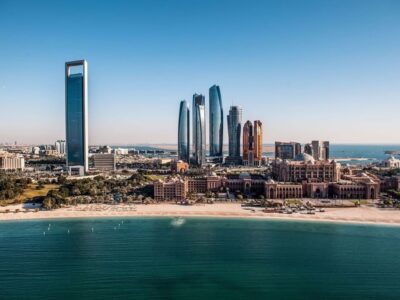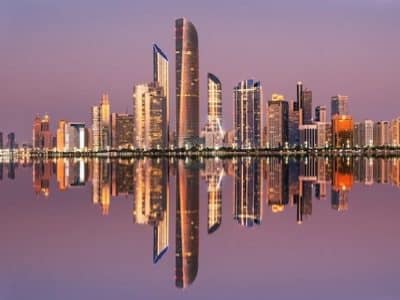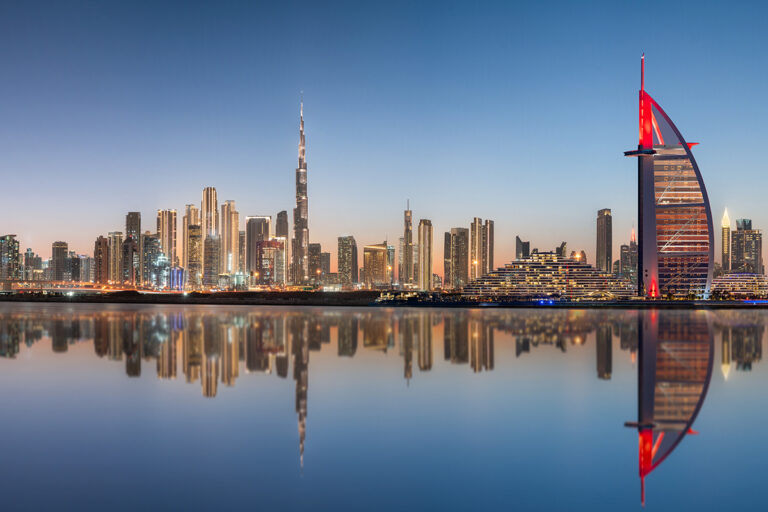The Dubai real estate sector has recorded a spike in foreign investment following the imposition of 25 per cent US tariffs on steel and aluminium imports, with American and Chinese investors showing renewed interest in the emirate’s real estate market, a new report finds.
The UAE maintains its position as the second-largest aluminium supplier to the United States, exporting 350,000 tonnes in 2024.
The metals contribute to aerospace, defence, real estate, and automotive manufacturing sectors, the Betterhomes report titled ‘Will Trump’s Tariffs impact UAE real estate?’ said.
Dubai real estate emerges as safe haven as Trump’s trade war escalates
Despite the tariffs targeting imports into the American market, construction material costs in Dubai remain unaffected as the UAE faces no reciprocal duties on its own imports.
“At Betterhomes, we’ve observed a marked shift since the imposition of tariffs, with interest from US and Chinese investors rising by over 40 per cent month-on-month. Website traffic from these markets surged by 60 per cent, signalling a renewed appetite for Dubai real estate as a stable and strategic investment destination,” Louis Harding, CEO of Betterhomes said.
The UAE’s economy shows resilience amid global volatility, driven by rising energy production and a tourism sector that welcomed 19 million visitors to Dubai in 2024.
The country’s population has reached 12 million nationwide, with 4 million residing in Dubai. A pipeline of 3,500 infrastructure and real estate projects supports continued growth.
Dubai’s strategic position as a global trade hub creates opportunities for increased re-exports and transhipment activities.
Companies seek to mitigate tariff effects by rerouting goods through Dubai’s free zones, including Jebel Ali Free Zone. The city has become attractive to Asian investors, particularly from China, as they redirect capital flows away from unstable markets.
The UAE government plans to double foreign direct investment inflows to $65 billion by 2031 across logistics, finance, renewable energy, and information technology sectors.
Dubai’s Real Estate Strategy 2033 aims to increase housing supply and homeownership to 33 per cent whilst doubling the sector’s contribution to GDP.
Oil production expectations show the UAE’s output hitting 3.27 million barrels per day by 2026, aligned with OPEC+ plans. ADNOC works towards increasing production to 5 million barrels per day by 2027.
The UAE’s fiscal budget for 2025 totals AED 71 billion, with AED 28 billion allocated to social development, pensions, education, and infrastructure. Transportation and logistics receive AED 2.6 billion.
The International Monetary Fund forecasts non-oil economic growth in the Gulf Cooperation Council to slow to 3.4 per cent, but the UAE maintains regional leadership with expected 4.6 per cent growth through 2026, outpacing Oman and Saudi Arabia.
Dubai’s foreign direct investment doubled from 2020 to 2024, demonstrating flexibility as an investment hub.
The outlook for 2025 remains strong despite global uncertainties. Real estate market transactions in April surged 23 per cent month-on-month, reaching AED 46 billion.
The emirate recorded the largest influx of millionaires globally, solidifying its position as an investment haven. Infrastructure projects backed by government initiatives continue improving connectivity, supporting real estate market expansion.
Property demand patterns show 90 per cent of villa and townhouse communities experiencing demand exceeding supply, driving property values upward. Indian, European, Chinese, and Pakistani investors maintain strong demand, with off-plan developments drawing interest.
Recent buyer activity shows Indian, Pakistani, British, Italian, and German purchasers remaining most active in the market during the first quarter of 2025. Mortgage transactions increased steadily in 2024, with demand for villas and townhouses driving market activity.
The GCC region exports only 4 per cent of its total exports to the United States, whilst the US imports merely 1 per cent of its total imports from GCC countries. This limited exposure suggests the region maintains relatively low strategic importance in US import patterns.
Despite the US maintaining free trade agreements with Canada and Mexico, tariffs apply even though nearly one-third of US aluminium and steel imports originate from Canada. Political tensions with Canada and President Trump’s efforts to strengthen ties with Gulf states, including visits to Saudi Arabia, the UAE, and Qatar, create strategic possibilities for bilateral deals.
A potential US-UAE bilateral agreement could boost the UAE’s aluminium export volumes to America whilst offering the US grounds to lower tariffs on imports from Gulf partners, reinforcing economic and political alliances in the region.
The UAE announced a $1.4 trillion investment in a new American aluminium smelter, expected to double domestic US production and reinforce trade stability.





